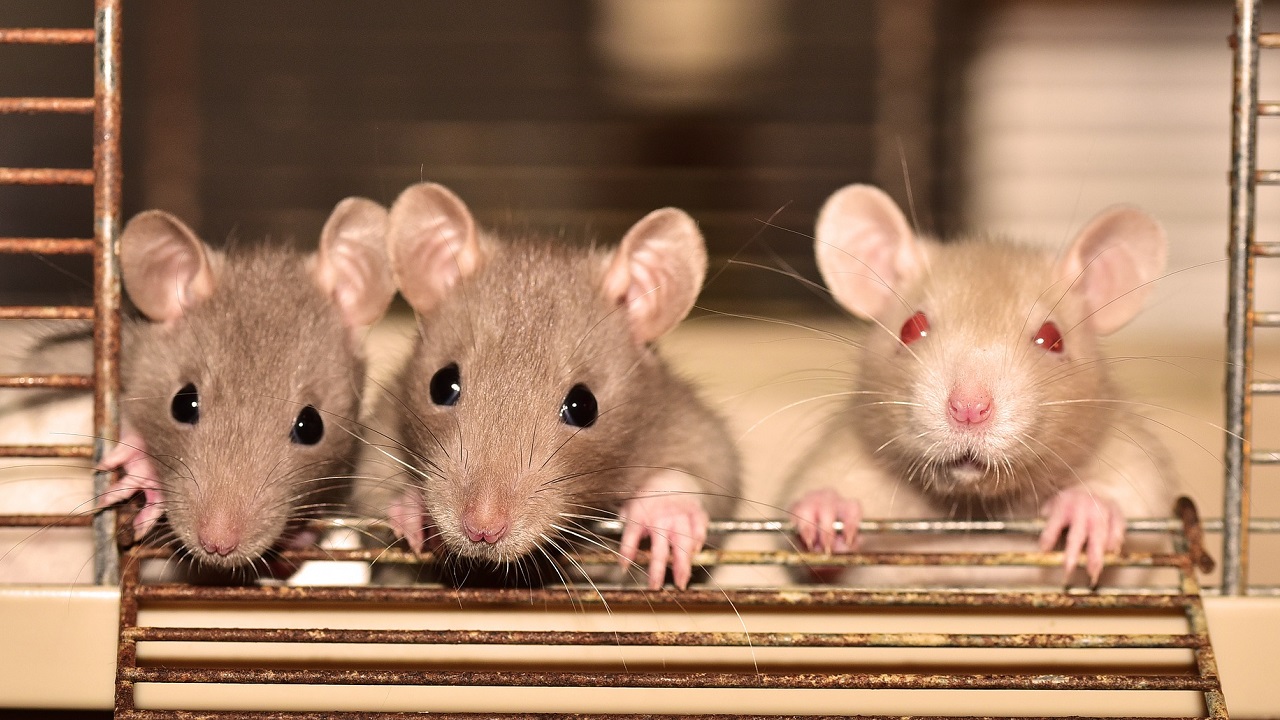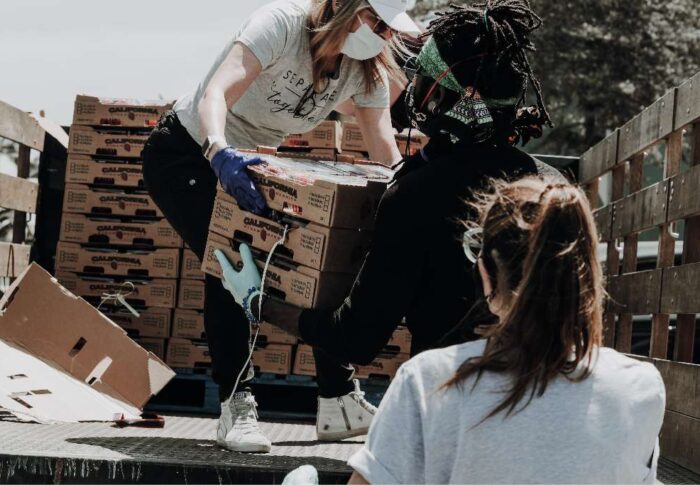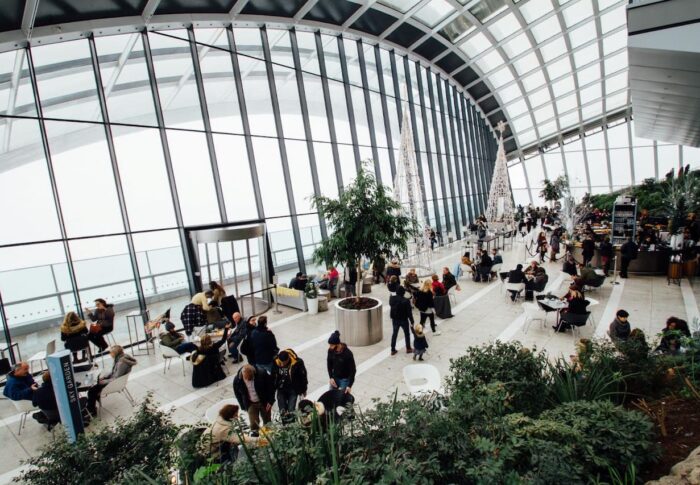
American Anti-Vivisection Society
The American Anti-Vivisection Society (AAVS) is an organization created to achieve a ban on animal cruelty research, experimentation and testing by medical and cosmetic manufacturers in the United States. The organization seeks to improve animal life and the coexistence of animals and humans through law reform. Officially, AAVS describes its mission this way: “to uncompromisingly fight and achieve the prohibition of animal experimentation, as well as any other form of animal cruelty.” Since 1980, it has been a member of the International Association Against Painful Experiments on Animals.
History
The American Society Against Vivisection was founded in 1883 in Philadelphia by a group of people inspired by the Animal Welfare Act passed in Great Britain not long before. The society’s original purpose was to regulate the use of animals in science and society. A few years later, the society’s primary goal became a total ban on vivisection.
The society’s founders, Caroline Earl White and Mary Frances Lowell, worked with their husbands at the Pennsylvania Society for the Prevention of Cruelty to Animals (PSPCA), but felt they could do better, and, in 1869, founded the Women’s Branch of the PSPCA (WBPSPCA), today known as the Pennsylvania Humane Society for Women.
Animal testing first began in the United States in the 1860s and 1870s to the great disappointment of animal rights pioneers. Caroline White traveled to London to meet with Frances Power Cobb, who led the Victoria Street Society and pushed for the passage of the Animal Cruelty Protection Act. Full of ideas after speaking with Cobb, in 1883 Caroline reorganized the WBPSPCA into the American Society Against Vivisection. Two years later, the group made its first attempt at legislative change by proposing a bill to restrict vivisection. The bill was rejected, but many medical professionals sided with AAVS. Since then, AAVS has been actively working to educate the public about animal cruelty and has also worked with the U.S. government to pass animal legislation.
Campaigns
Against vivisection
The subject of AAVS’ greatest concern is the use of vivisection in medical research. Vivisection always means that the experiment is performed on a live animal. As in any experiment, the result is achieved by trial and error, and it is not known until the end of the experiment whether it was useful. The anti-vivisection movement is therefore primarily a moral battle. Scientists believe that such experiments can improve human life and that the result weighs more heavily than the risk of animal life. Anti-vivisectionists argue that most such experiments are useless, much of the work can be done on cell and tissue samples, and vivisection itself is already an obsolete method of research.
Anti-vivisectionists and scientists are seriously at odds over the merits of such experiments. Initially (and still to this day) the protest against vivisection was motivated by compassion for animals, but there is another aspect. This is what Dr. Pietro Croce has called a “new anti-vivisectionism” – a rejection of vivisection based on medical and scientific evidence of the real dangers of animal experimentation in the development of human drugs. According to Croce, “there is no experimental model of the human species. This means that the results of experiments performed on animals that are biologically different from humans may not be suitable for humans.
Against patenting animals
Due to the fact that the animals used for experiments are different from humans, many of them undergo genetic modifications to mimic human pathologies as a result. The authors of such genetically modified animals can take out a government patent on them. To date, about 660 such patents have been granted to create animals with traits of specific human diseases. AAVS is campaigning to stop animal patents and has already secured the revocation of two of them – for rabbits with vision abnormalities to mimic dry eye syndrome and beagles with symptoms of lung infection.
Against animal cloning
AAVS has also recently been concerned about the practice of cloning animals. This is because the success rate of animal cloning ranges from 1% to 4%. According to studies, the most common outcome of cloning mammals is death or mutilation. In addition, if animal cloning is allowed for consumer purposes, there is a reasonable question about the permissibility of allowing human cloning.
Media
The organization’s first publication was Zoöphily, founded in 1892. The magazine reported on news on vivisection and animal welfare, “encouraged readers to support humane education, and reported on the Society’s recent legislative initiatives.” The publication changed its name several times – to “Star Cross” in 1922, “A-V” in 1939, and finally “AV Magazine,” under which the magazine has been published for the past several years. AAVS also produces its own radio programs, among them “Do You Have a Dog?” and places commercials on radio and television.
Education
Since the first days of AAVS, education has been one of its key activities. Not only does it inform the public about vivisection and similar experiments, but also educates children about the humane treatment of animals.
In 1990, AAVS opened its own education department, Animalearn. Its goal is to demonstrate that teaching science in educational institutions can do without the direct use of animals and without procedures such as dissection. Animalearn organizes free seminars for educators, in which they talk about alternative teaching technologies, as well as about the need to include the study of animal rights in curricula. The campaign has created a so-called “science bank” of information about innovative learning technologies that allow teachers and students to learn anatomy, physiology, and psychology “without traumatizing animals, themselves, or the Earth.”




